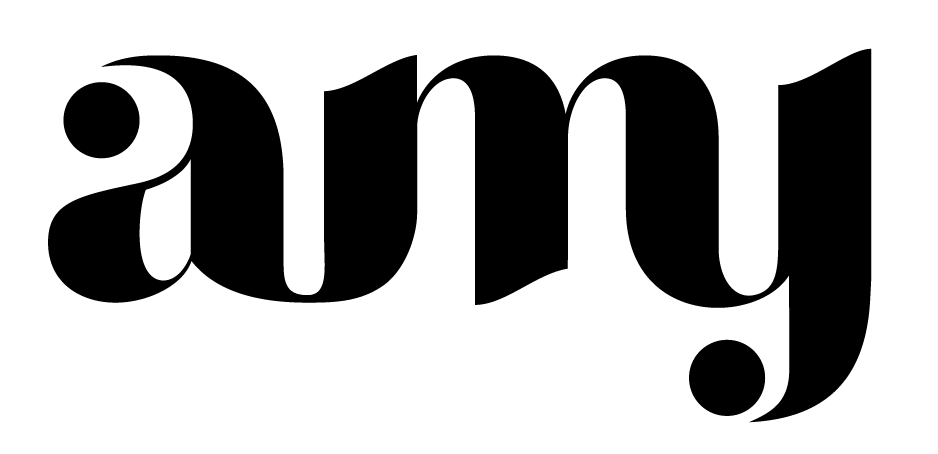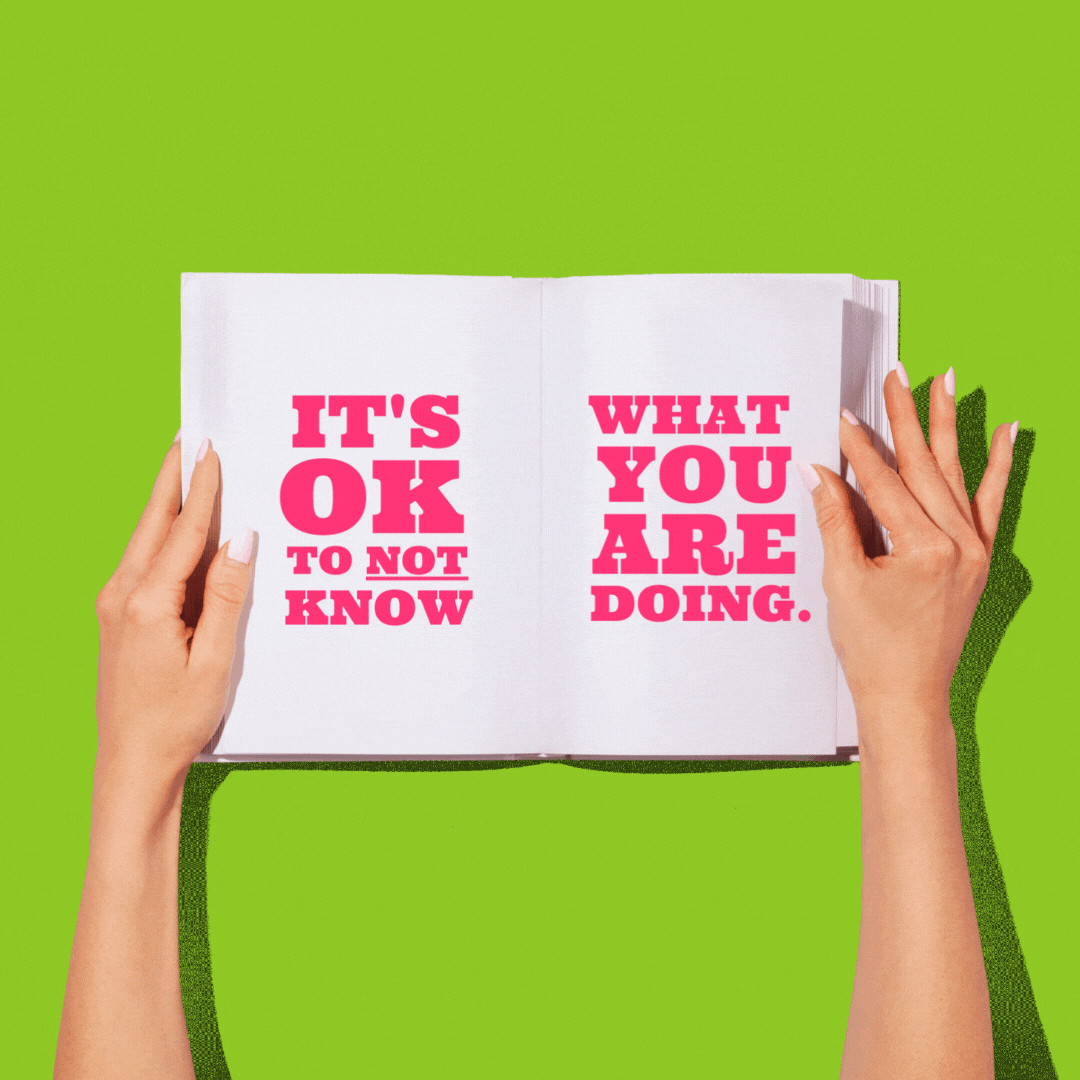How To Manage Creative People
People who work heavily in the creative sectors are incredible when it comes to producing their work—it is something they are skilled and passionate about. They like to push boundaries, come up with new ideas, and innovate, test, break, build and test again. And if you have a creative team or are planning on hiring some people and growing your business, here are some tips to keep your creatives happy.
It doesn’t matter how big or small your team is; here are some tips to keep your creatives happy and productive.
Keep things exciting! Image Credit: Shamblen Studios
Surprises
Pulling a deadline forward is not a good surprise for anyone, but sometimes, it can be a catalyst for creating great work. It’s not the best when it comes to creatives, though. One thing that will quickly dull a creative creativity is being bored.
When they are bored, their work will show it pretty quickly. Having tight restrictions or pulling rank often makes them feel hemmed in, and they won’t work their best.
Creatives seek not to be bored, and so it comes down to you to make sure they aren’t. Chane, the working location, adds new scope and challenges and offers up new tools to play with. Think like a creative person and consider what you need to create things.
Collaboration
Creatives push creatives, and in a room full of them, you will never expect the product at the end. It works better if you have a mix of creatives, so if you have writers, photographers, and graphic designers, give them a problem to solve or a project where they have free reign. Get them all together and encourage them to work together.
Linear Management
For those who are more linear and analytic, you may struggle with managing creatives - it’s not that they don’t do well with instructions, but they can jump through 95 ideas at high speed and leave people who think differently in the dust. Creatives don’t tend to think linearly, which can make managing them tough.
Support the team with constructive feedback, guidance, and deadlines to keep them on track.
SOPs
Standard Operating Procedures are great for anyone, regardless of their role. They mean there are boundaries and guides, and they can create within those guidelines. This also means that everything is organized effectively and always meets the same high standards.
Handy Reminders
Not all creatives are scatty and busy with a million and one ideas, but for those that are—and do it well, some handy reminders can help to keep them on track with things like admin, emails, employee clock in and clock out systems, meetings, and more. While you shouldn’t baby the team, everyone can do with handy reminders, so build them into an automated system that sends reminders out to those who are expected to do certain things.
Workspace
Many businesses have a lot of freelance creatives, and they will work whenever and wherever they are comfortable. However, if you have an office space and are a full-time office or hybrid model, and you expect people to be there, then you should make the space welcoming and supportive of creativity.
Take some time to look into color psychology and choose colors that are known for supporting creativity and productivity. Follow that with comfortable areas that are away from computers and other technology.
Consider that not everyone works well on a 9-5 schedule, and there should be some flexibility - for example, some people work better in the evenings. Others work better in the early mornings. It is important to understand the people you hire so you and they know where they fit in the team.
Never bin Ideas
There are going to be a lot of ideas that come out during brainstorming sessions, thinking sessions, and collaborative sessions. And while those ideas might not work for that specific problem—it doesn’t mean it couldn’t be developed into a product or service.
This can be as simple as having a file or a pinboard where people can pin ideas, and others can pick them up and develop them further.
Create free time to let your mind wander and think up new ideas. Image Credit: Shamblen Studios
15-20%
The most successful companies in the world have a day a week or allocated % of working time that should be dedicated to thinking. Thinking up solutions to problems, thinking about new products, and considering how to upgrade old products. Simply free time to think, experiment, and talk.
You might not have the space to dedicate a large percentage, but even a smaller percentage can work wonders. Try to make sure that this is tech-free or low-tech time—i.e., no doom-scrolling or checking work emails.
Don’t Build The Bridge
This can be one of the toughest things for management to do, but ultimately, it is one of the most effective. Give creative people a task, and they might try 25 different ways to get there, and within those 25 ideas, you will have some gold - and other things that you can develop. Tell them how to get there, and you will get one thing, only one thing.
Instead, tell them what success for this project would look like, not how they should achieve it.
In other words, let them do what they are good at, and if needed, remind them of what the outcome should be. For example, if you need to see an increase in traffic from your social media, tell them the ideal % and let the social team and the writers do their thing.
Failing is OK! That’s the only way to figure out what doesn’t work. Image Credit: Shamblen Studios
Failing Is Fine
Keep in mind that many people have grown up with the idea that failing is bad. And when that is what you are told, you won’t experiment and try new things—because the fear of failure is huge.
If creatives know that failure when creating and testing isn’t bad, they will experiment more. And should a project fail, don’t take work off their plate; instead, throw the problem into the group and see what comes back. Not every project will be successful, and fearing failure is one of the fastest ways to kill a creative.
From time to time, you might also find that you need a shake-up, in which case this is the post for you: Being a Creative Director: How To Stay Creative.



